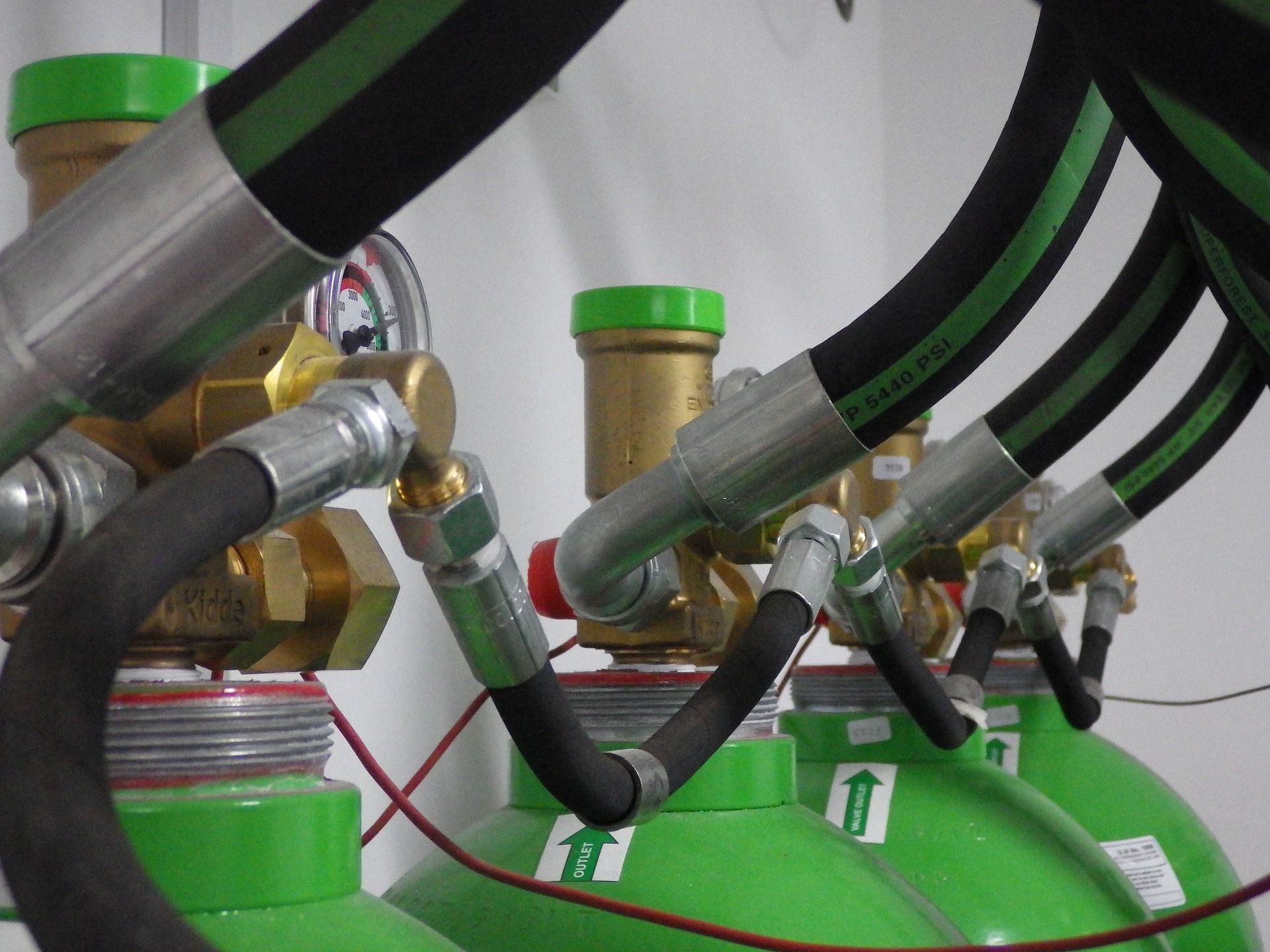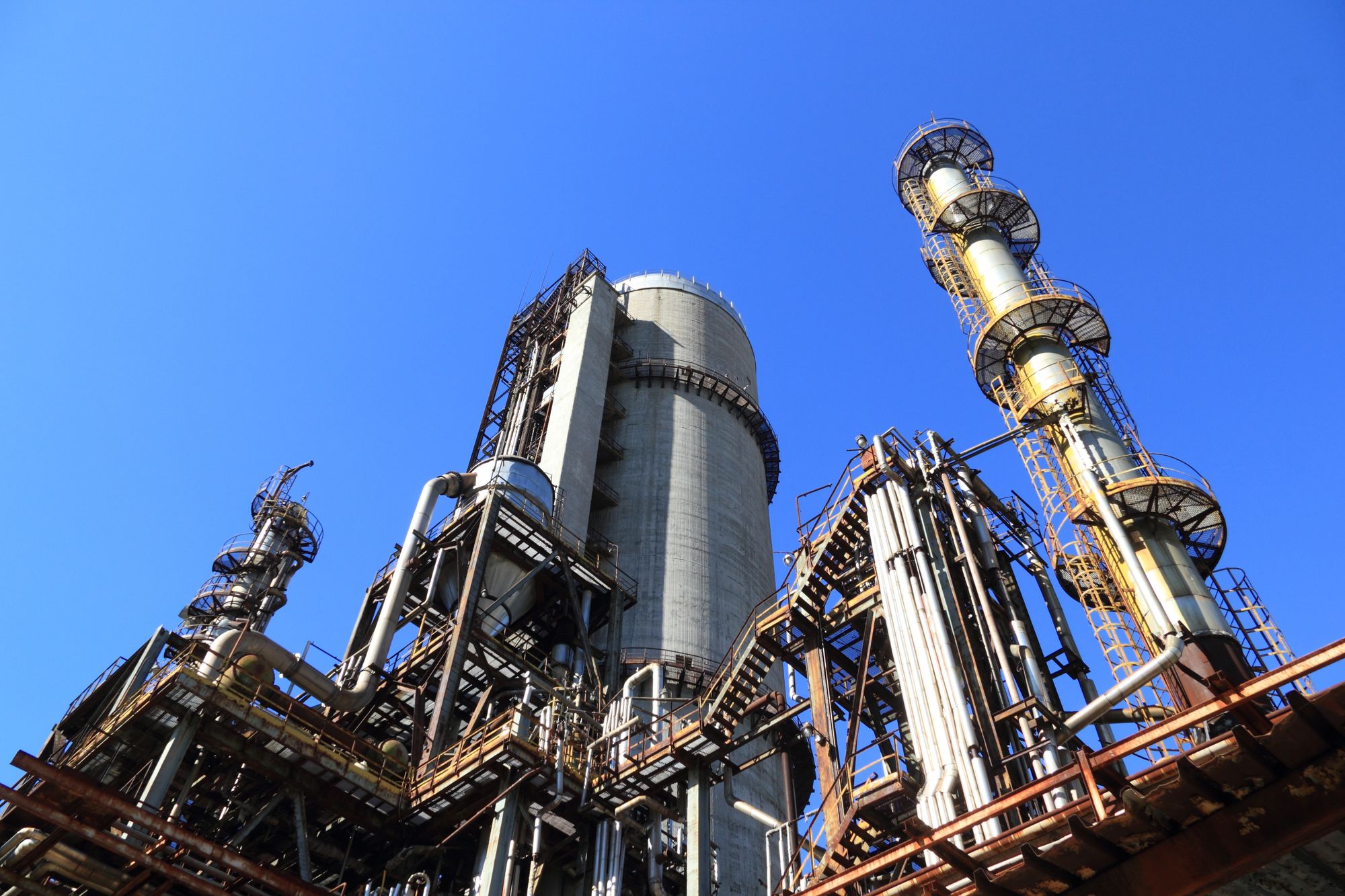The basic chemicals industry has a generally positive outlook, however there are numerous bear traps and pitfalls that could negatively impact the industry. Here, analysis of individual regions as well as global supply and demand may give insight to basic chemical prices.
The main six products in the basic chemicals sector are propylene, ethylene, benzene, methanol, chlorine, and paraxylene, together, these create the building blocks for much of the global economy. Most of these chemicals are used in the production of commodity plastics (such as polypropylene, polyethylene, polystyrene, polyethylene terephthalate, and polyvinyl chloride) with an estimated 255 million metric tons produced in 2018. This accounts for about 50% of basic chemicals consumption.
Chemical suppliers should therefore be continually wary of negative consumer and manufacturing trends away from plastics, as well as legislative efforts to ban or tax plastic products.
To better examine global basic chemical output, it is worth studying the data on GDP elasticity for each product. As Mark Eramo, Vice President, Global Business Development – Energy & Chemicals at IHS Markit explains, “GDP elasticity is a measure of the rate of growth in a market (such as propylene) relative to global GDP growth. For example, propylene GDP elasticity is sustained at 1.5 or higher. This means that global propylene demand has been growing at a rate of 1.5 times global GDP growth in the period from 2000 to 2017.”
Adding that, “IHS Markit is also forecasting this growth level will be sustained from 2018 through 2025. The forecast results in an average demand growth for propylene of more than 5.0 million tons per year (or an average of more than 4% per year). Five of the six basic chemical markets are forecast to grow at a rate equal to or above GDP for the near term. Chlorine is forecast to be constrained by a lack of new investment in the near term.”
In total, basic chemical demand has grown by an average of 19.6 million metric tons per year due to global economic annual growth of more than 3% since 2015. Forecasts for future demand are also largely positive, with continued strength displayed in propylene, chlor-alkali, and ethylene markets. However, despite this the IHS report remains cautious, predicting that profitability will fall compared to the last two years.
The USA
On a region by region basis, economic growth in the world’s largest economy with its massive consumption of chemical products and consumer goods is creating a positive position for chemical producers. Currently, the American Chemical Council (ACC), “… projects that US chemical output, excluding pharmaceuticals, will rise 3.6% this year, up from an already vigorous 3.1% in 2018.”

Alongside a decade of steady growth in demand, numerous large-scale investments in chemical projects are due to (or have recently) come on-line. This has created an ideal opportunity for expanding chemical product sales. As the CE&N 2019 Outlook reports, “High demand for chemicals used in manufacturing will dovetail with a rise in production capacity as new chemical facilities open to take advantage of the shale gas boom.”
The single greatest threat to these predictions remains the ongoing, and in many ways heightening, tensions in the US/China trade war.
For example, a recent while ICIS report states that, “Several PE projects have come online since late 2017, with much of that capacity geared towards export markets.” It continues by noting that, “… the US-China trade war and a slowdown in the global economic growth rate have been headwinds in the expansion for US PE exports, allowing US PE inventories to build. PE is the largest consumer of US ethylene.”

At present $15.4 billion worth of Chinese plastic and chemical products have been targeted by tariffs, while $10.8 billion worth of US goods have been set for retaliatory import taxes and duties.
The Middle East
One of the biggest beneficiaries of the US/China trade war is the Middle East, who is well positioned to take advantage of any trade negotiation impasse. The region has lately seen a surge in chemical sector investment, both at home and abroad, threatening to fill the space created by Chinese and American chemical manufacturers in their respective markets.
This has given cash laden investors in the Middle East a green light for expansion. They are being led by Saudi Aramco who recently pledged $100 billion over 10 years toward petrochemical projects.

Furthermore, chemical industry consultants at CE&N report that, “Aramco plans to build one of the world’s largest oil-refining and chemical complexes in India at a cost of $44 billion. It may also construct an ethylene and aromatics project in Port Arthur, Texas, with refining affiliate Motiva Enterprises.” Adding that, “Abu Dhabi National Oil Co. is investing $45 billion in chemicals with partners. It aims to triple capacity downstream from its Ruwais, United Arab Emirates, refinery by 2025. Part of this will be a new cracker and derivatives complex at its Borouge joint venture with Borealis.”
These massive sums will have a long-lasting impact on the chemical industry, and should be compared with the approximate $200 billion that was spent in total during the US Shale Gas boom of the 1990’s.
Also worthy of note, is the Saudi government’s stated aim to expand production of specialty chemicals and more advanced end products in an effort to increase employment opportunities in the region.
As Andrew Spiers, a Senior Vice President at the consulting firm Nexant, notes, “The further down the chain you go, the more added value you have and the more labor intensive production tends to be.”
Only the increased likelihood of continued trade sanctions against Iran or the possibility of conflict in the Persian Gulf, crippling oil flows through the Straits of Hormuz, remains a negative pressure on Middle Eastern basic chemical production.
Europe
The most negative outlook in global chemical markets belongs to Europe, where continuously stagnating economies and political upheaval remain.
As the CE&N 2019 Outlook reports, “Chemical output in Europe is on course to grow by a meagre 0.5% to $620 billion in 2019.”
That said, there are signs of slow and steady growth, with the German chemical and pharmaceutical industries predicting production increases of 1.5% for 2019. To which Hans Van Bylen, president of VCI, Germany’s main chemical industry association adds, “Chemical prices should rise by 1%. In this setting, the industry’s sales are likely to improve by 2.5%.” Stating that, “We think that modest growth in chemical business can be achieved in 2019.”
This is a sentiment also felt by Marco Mensink, the European Chemical Industry Council’s Director General, who stated that, “We remain cautiously optimistic about the 2019 prospects.”
The challenge facing the European chemical industry is that such weak growth can easily turn to decline. With several domestic economies struggling, continued Russian sanctions impacting energy supplies, and Italian national debt threatening to engulf the entire region, chemical industry analysts have good reason to be anxious.
Additionally, the threat of a ‘No Deal’ Brexit, could reap havoc across all sectors of European industry, possibly inducing regional recession.

“If there is no deal, this would be very damaging for our businesses,” said Tom Crotty, a board member at the petrochemical maker Ineos. Meanwhile the Association of German Chambers of Commerce and Industry estimates that a no-deal Brexit may place as many as 750,000 German jobs at risk.
Photo credit: Packworld, Abb, IHS Markit, Sgsgroup, Thenational, Houstonchronicle, AA, & chemicalindustryjournal.